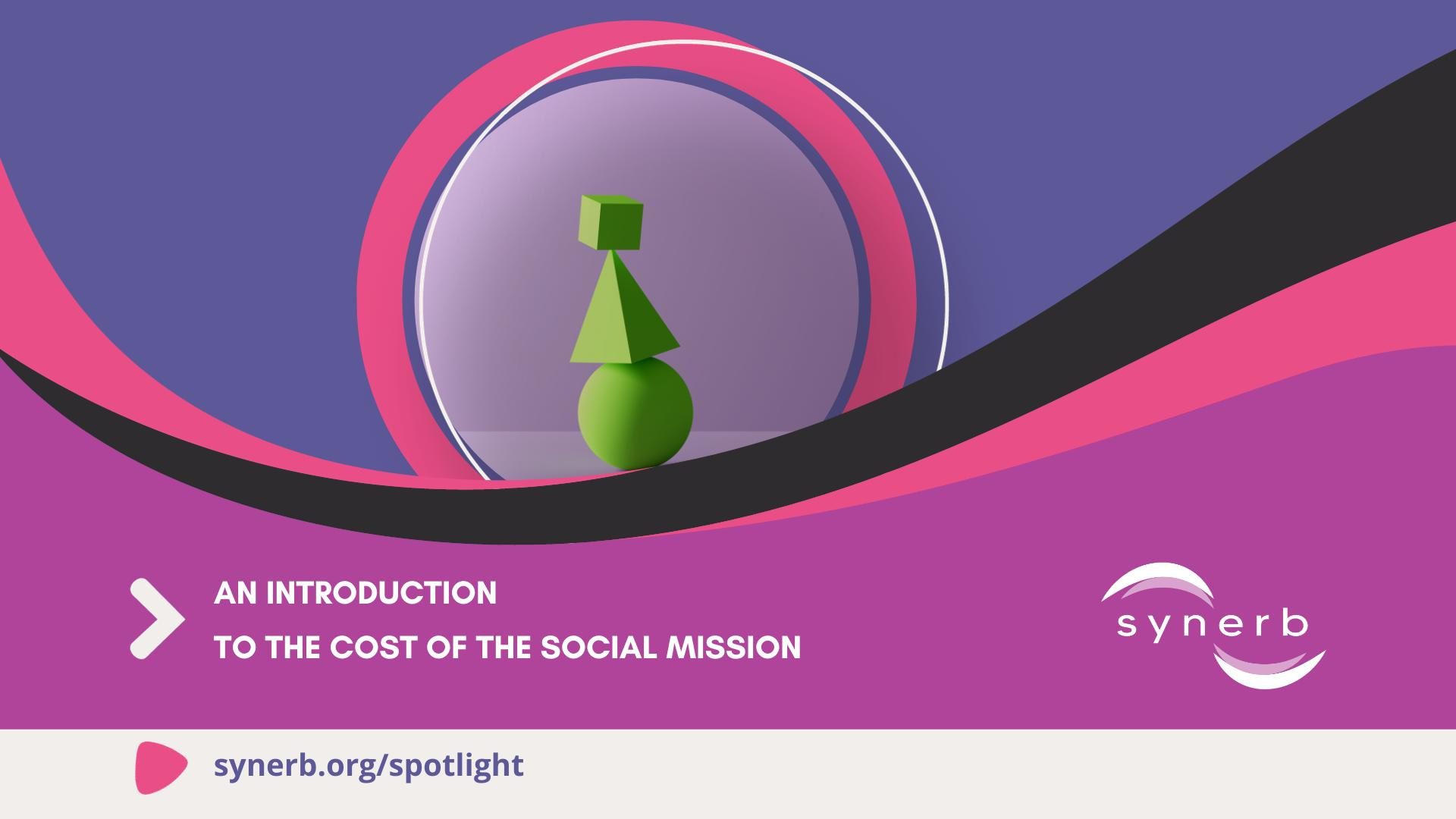by Sonia Oprean
The conversation around the financial sustainability of social ventures, a topic that has been under scrutiny ever since the first social ventures emerged, is gaining momentum. The increasing interest of impact investors towards the social business sector raises the need to deepen this conversation. While profitability is a legitimate and a top-priority concern for most investors, we need to extend the conversation and make sure the financial assessments of purpose-driven entities provide a true image about their social costs and the overall social performance.
What is a social cost?
Whether we call it a social venture, social business or a social enterprise, an impact focused entity has a social mission at its core. However, a social venture needs to strive for financial sustainability with the same drive with which it is engaging in solving the social problem.
For a social venture, profit is not a purpose in itself, but generating important excess is necessary to ensure the entity can continue to operate and achieve or maintain its social mission. Generating this surplus is often a difficult task, because in the course of their operations, social ventures, unlike other entities from the same industry sector which do not serve a social mission, incur a set of additional social costs that need to be covered.
Examples
Let’s consider the example of social ventures with a mission to provide decent employment to vulnerable people. Most often than not, vulnerable employees need specialized assistance in order to be able to meet the requirements of their employer. Be it psychological counselling, social assistance or continuous on the job training, increased supervision or guidance, many social ventures in Romania cover the cost of specialized care from their own pocket. Furthermore, even with the adequate support, some vulnerable employees will have, compared to their non-vulnerable colleagues, a fluctuating productivity performance. This typically results in a higher cost per product made.
A different type of social venture is the green enterprise, a commercial entity with an environmental mission. Green enterprises treat the environment as an important stakeholder and adhere to the highest standards of environmental protection in the process of making products or providing services. An eco-cafeteria with an environmental vision will strive to minimize the waste generated by the business and educate their own customers. Therefore, a green café may choose not to sell bottled water in order to avoid generating high amounts of residual plastic or glass, forsaking the profit margin that could have been made through selling bottled water. One estimation we have collected from a local eco-cafeteria is that, by embracing a no-bottled water policy, they renounce the profit margin potentially generated by the sale of 7000 litres of bottled water each year.
In a workshop processing textile waste into consumer products, the high amount of raw material usually arrives unsorted, and it is irregular in size or fabric. The significant time allocated to sort through the materials and to identify the pieces eligible to be transformed into new products drives the labour productivity down, and eventually reduces the production capacity of the workshop. In serving an environmental mission, this enterprise is incurring higher production costs than similar commercial entities which may simply purchase new raw material.
These are just three examples of costs resulting from the decision to pursue a social mission. It is clear, now, that these social costs are different for each social enterprise model and stem from the core social mission. There is no doubt that the social costs impact the bottom line profitability of social ventures, yet we should not benchmark social enterprises against commercial enterprises solely on financial grounds.
Are (other) social businesses profitable?
We often hear this question from various players in the ecosystem, including from the social businesses. We look carefully at the gross, operational and net profit margin of social businesses when analysing a model, but we also seek to understand and estimate the size and type of the social costs in each impact venture. This allows us to evaluate the profit margin (or its absence thereof) from a more informed perspective.
When we encounter a young social venture that exists for less than 3 years and has reached breakeven or a social enterprise with net profit margins comparable to its commercial peers, we recognize these are likely the signs of a high operational performance. How else would these ventures be able to incorporate the social costs and still achieve financial sustainability and performance? However, even when a social enterprise has somewhat matured, it can still have a low financial performance resulting from the high – mandatory – social costs incorporated into the business model. We know that social costs cannot – and should not -be reduced or cut, as they are needed to achieve the social impact. In this case, together with the social entrepreneur, we work on increasing the operational performance, creating efficiencies and reducing costs in areas where this is realistically possible, guiding the enterprise towards financial profitability.
Deeper understanding and wider ecosystem support
Social enterprises are increasingly present and engage in the relevant conversations, as rampant inequalities and strong environmental crisis frequently call for our attention. In all their struggles, social ventures seek to drive consumers towards ethical, ecological and equitable consumption. They lead their work inspiring us with compassion, solidarity and fairness, demonstrating that, at least on a small scale, a different world is possible. We believe all the attention towards the performance of social enterprises stems from good intentions, curiosity and hope. From simple consumers to enthusiastic supporters, from impact investors, accelerators and incubators to government agencies, we all want social ventures to be successful.
However, whatever support is extended to social ventures, it needs to be accompanied by the understanding that these structures shoulder big challenges and their impact on the financial performance is not always obvious or easily measurable. We encourage relevant actors in the ecosystem to commend and support growing sustainable social enterprises, even when their financial performance may not be as impressive as they wish.
At the same time, whenever faced with an organization with considerable social impact, but a weak financial performance, we believe a more thoughtful, patient and precise approach is needed to evaluate the size of the social costs and the potential operational efficiencies that could improve financial performance. We are looking forward with hope for a time when the first question asked about the financials of a social venture will be
“What are the social costs of this venture and how can we grow the business to cover those costs?”
*














